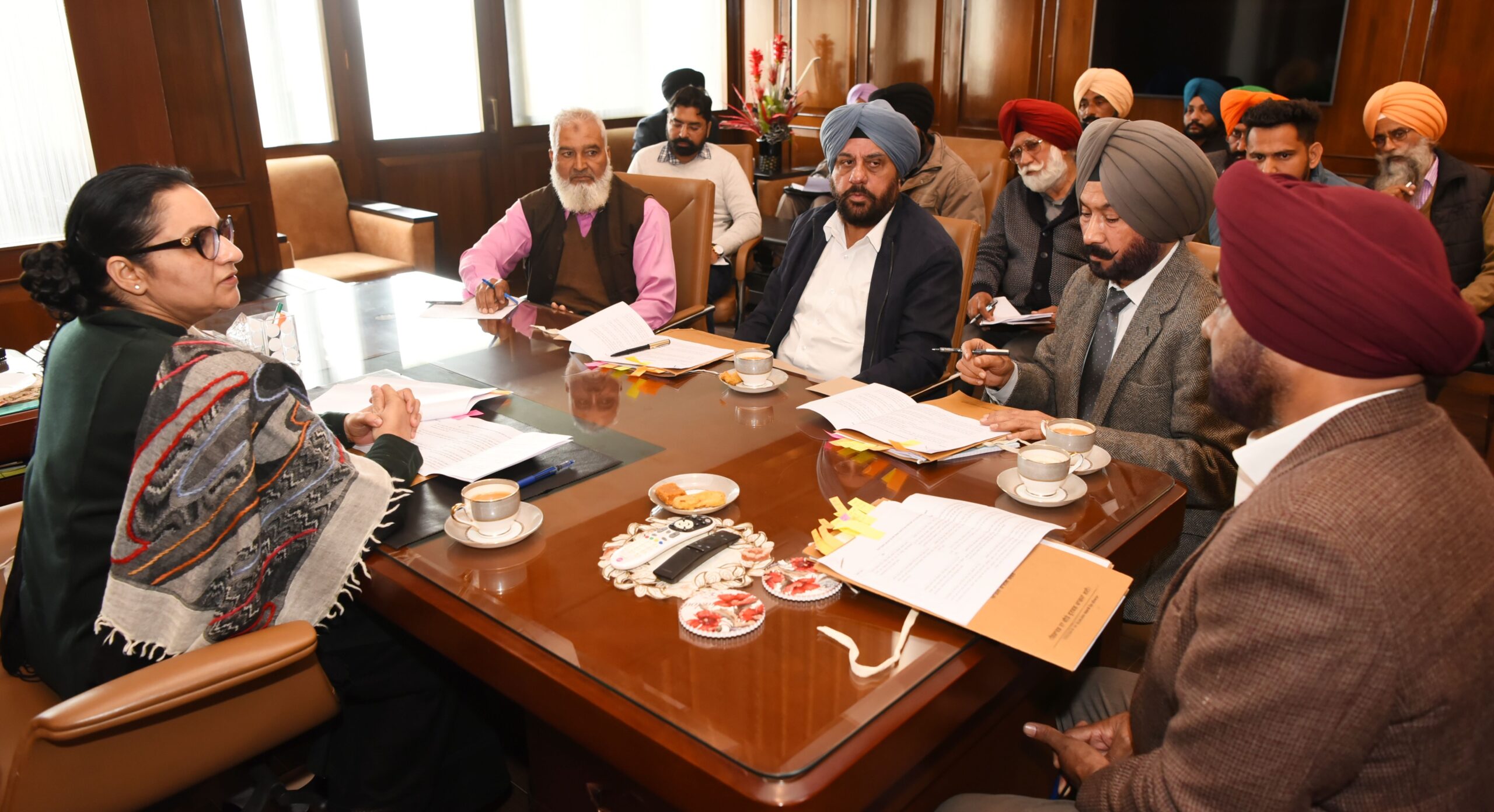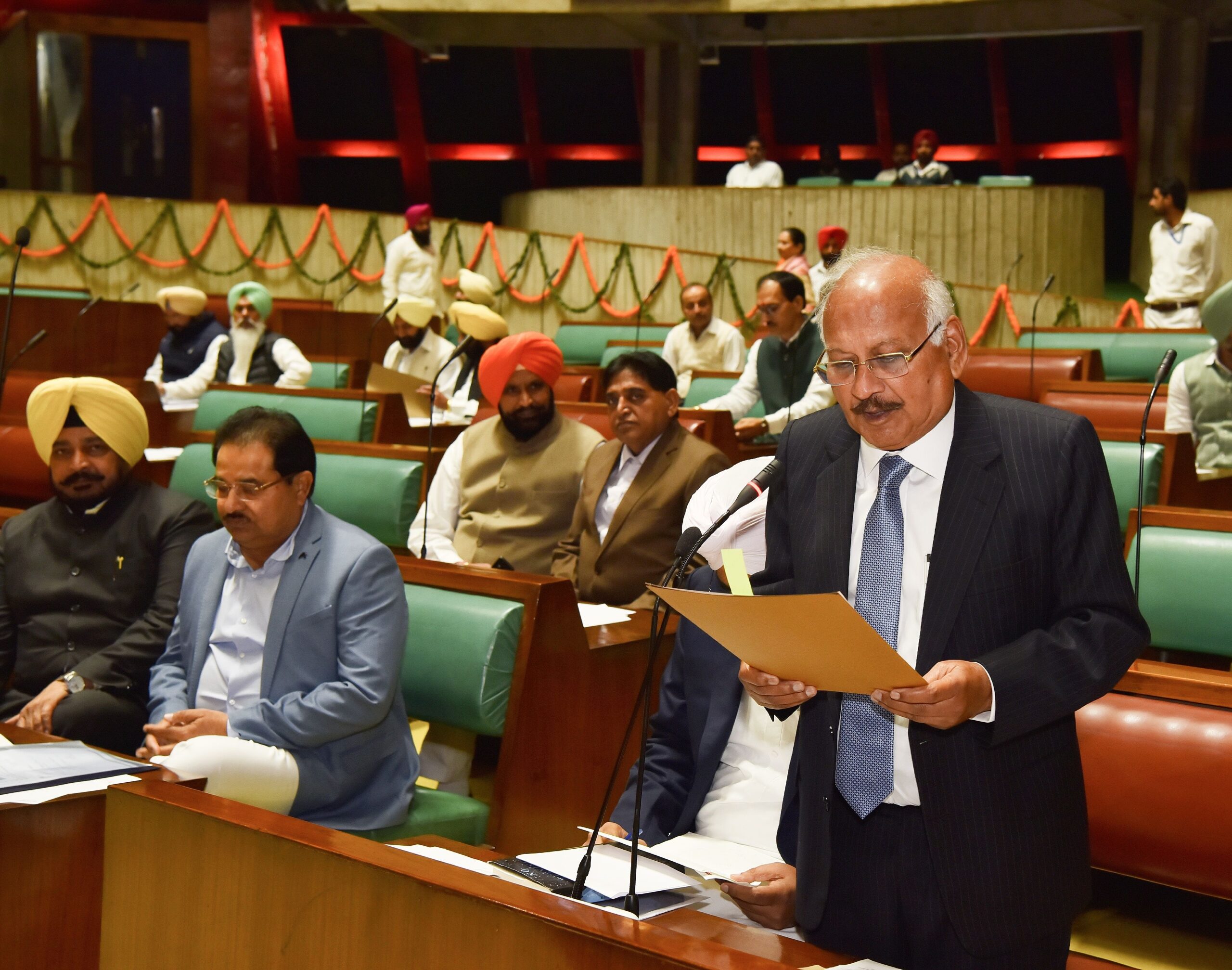MINING BLOCK CONTRACTS TO BE AMENDED BY PUNJAB GOVT TO INCLUDE DE-SILTING OF MAJOR RIVERS

CABINET ALSO GIVES GO-AHEAD TO DRAINAGE WING TO ALLOT 78 SITES IN 7 BLOCKS TO CONTRACTORS
Chandigarh, October 14:
To ensure regular de-silting of major rivers and reduce flood intensity in the state, the Punjab Government has decided to make such de-silting part of the contracts allotted for mining blocks.
The necessary amendments to the contracts were approved by the state cabinet during Wednesday’s meeting chaired by Chief Minister Captain Amarinder.
The major rivers where de-silting will be carried out as part of the amended contracts are Sutlej, Beas and Ravi, besides seasonal rivulets Ghaggar and Chakki.
According to a spokesperson of the Chief Minister’s Office, such de-silting would lead to enhancement of the carrying capacity of rivers, and will also ensure economical sand and gravel availability without any adverse environmental impact.
The Cabinet today also gave the go-ahead to the Drainage Wing of Water Resources Department to allot 78 sites in seven blocks to mining contractors. These sites have a total area of 651.02 hectares with 274.22 LMT quantity of sand/gravel.
Block-1 includes Ropar district, Block-2 SBS Nagar (Nawanshahr), Jalandhar, Barnala, Sangrur, Mansa, Block-3 Moga, Ferozepur, Muktsar, Fazilka, Bathinda, Faridkot, Block-4 Hoshiarpur, Gurdaspur, Block-5 Kapurthala, Tarn Taran, Amritsar, Block-6 Pathankot, Block-7 Mohali, Patiala, Fatehgarh Sahib.
The Cabinet also decided that in future, more river bed stretches that need de-silting would be offered to mining contractors in a similar manner, keeping concession quantity as per the contracts.
Notably, the floods in August 2019 caused damage of nearly Rs.200 crores to the infrastructure of Water Resources department, besides nearly Rs.1000 crore loss of crops and properties to the people. During the State Control Board meeting under the chairmanship of the Chief Minister on February 14, 2020, the matter was also raised by the Deputy Commissioners concerned.
The Drainage Wing of Water Resources Department has estimated that river beds have got silted up by 5 to 12 feet which, if removed, can significantly improve the capacity of the rivers by 15000 to 50000 cusec.
The cunette so created will check meandering action of the river, thereby warding off damage to embankments. This quantity incidentally is at least 15 times the annual sand and gravel consumption of the state. However, due to other pressing demands on the state finances de-silting could never be taken up after Punjab undertook the massive river training works which freed up lot of erstwhile river bed land for agriculture.
However, with taming of rivers, silt deposition got restricted to within the embankments, which has reduced the water carrying capacity of rivers in the state over the years and is an important factor behind the severity of floods that occur every few years causing lot of physical peril and economic distress especially to farmers.








